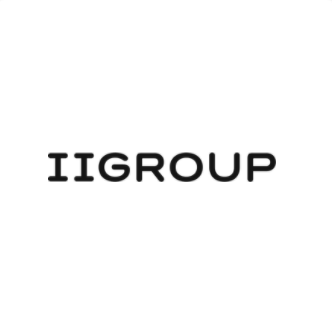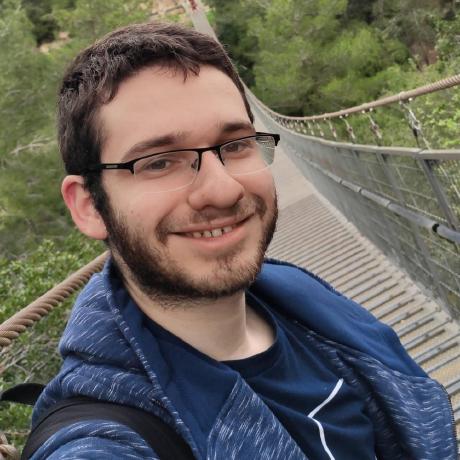Discover and explore top open-source AI tools and projects—updated daily.
TediGAN by  IIGROUP
IIGROUP
PyTorch code for text-guided face image generation/manipulation
Top 73.2% on SourcePulse
TediGAN provides a unified PyTorch framework for text-guided face image generation and manipulation, targeting researchers and practitioners in computer vision and generative AI. It enables high-quality, diverse, and controllable synthesis of facial images based on textual descriptions, building upon StyleGAN and CLIP.
How It Works
TediGAN unifies text-guided image generation and manipulation by leveraging a pre-trained StyleGAN generator and a text encoder (like CLIP). The core approach involves GAN inversion to find latent codes corresponding to input images, followed by instance-level optimization using CLIP loss to guide manipulation or generation based on text prompts. This method allows for fine-grained control over image attributes and diverse output generation.
Quick Start & Requirements
- Install:
pip install ftfy regex tqdmandpip install git+https://github.com/openai/CLIP.git. - Prerequisites: PyTorch, Python, and potentially CUDA for GPU acceleration. Pretrained StyleGAN models are required.
- Running: Use
python invert.pyfor manipulation/generation orstreamlit run streamlit_app.pyfor an online demo. - Links: TediGAN Preprint, Colab Demo, Pretrained Models
Highlighted Details
- Supports high-resolution (1024) and multi-modal generation.
- Offers both image manipulation and diverse image generation capabilities.
- Integrates with CLIP for powerful text-image alignment.
- Provides example scripts for training StyleGAN generators and performing GAN inversion.
Maintenance & Community
The project is associated with CVPR 2021 and has an extended version published on arXiv. Contact information for the primary author is provided. An online demo is available, implemented using Cog.
Licensing & Compatibility
The repository's license is not explicitly stated in the README. However, it heavily relies on and borrows code from other projects like genforce and CLIP, whose licenses should be consulted for compatibility, especially for commercial use.
Limitations & Caveats
The README mentions that training StyleGAN generators requires significant computational resources (e.g., 8 GPUs). While it supports high-resolution outputs, memory constraints (OOM errors) might occur, with a flag provided to mitigate this. The project's primary focus is on face image generation and manipulation.
2 years ago
Inactive

 VectorSpaceLab
VectorSpaceLab yxuansu
yxuansu catcathh
catcathh seasonSH
seasonSH FoundationVision
FoundationVision primecai
primecai eric-ai-lab
eric-ai-lab TencentQQGYLab
TencentQQGYLab rinongal
rinongal nerdyrodent
nerdyrodent eladrich
eladrich deepseek-ai
deepseek-ai